Is Your Insulation Safe? Four Ways to Determine if Pests Have Moved In
The last thing you need in your home is unwanted guests.
The insulation in your walls and attic can act as a safe and cozy retreat for many animals and insects. You may see or hear evidence of an infestation, but how do you know what to look for before the damage is done? This summer, let pool-goers overstay their welcome, not bugs and rodents.
Here are four ways to determine if pesky pests have moved into your insulation this summer.
Four-Legged Squatters
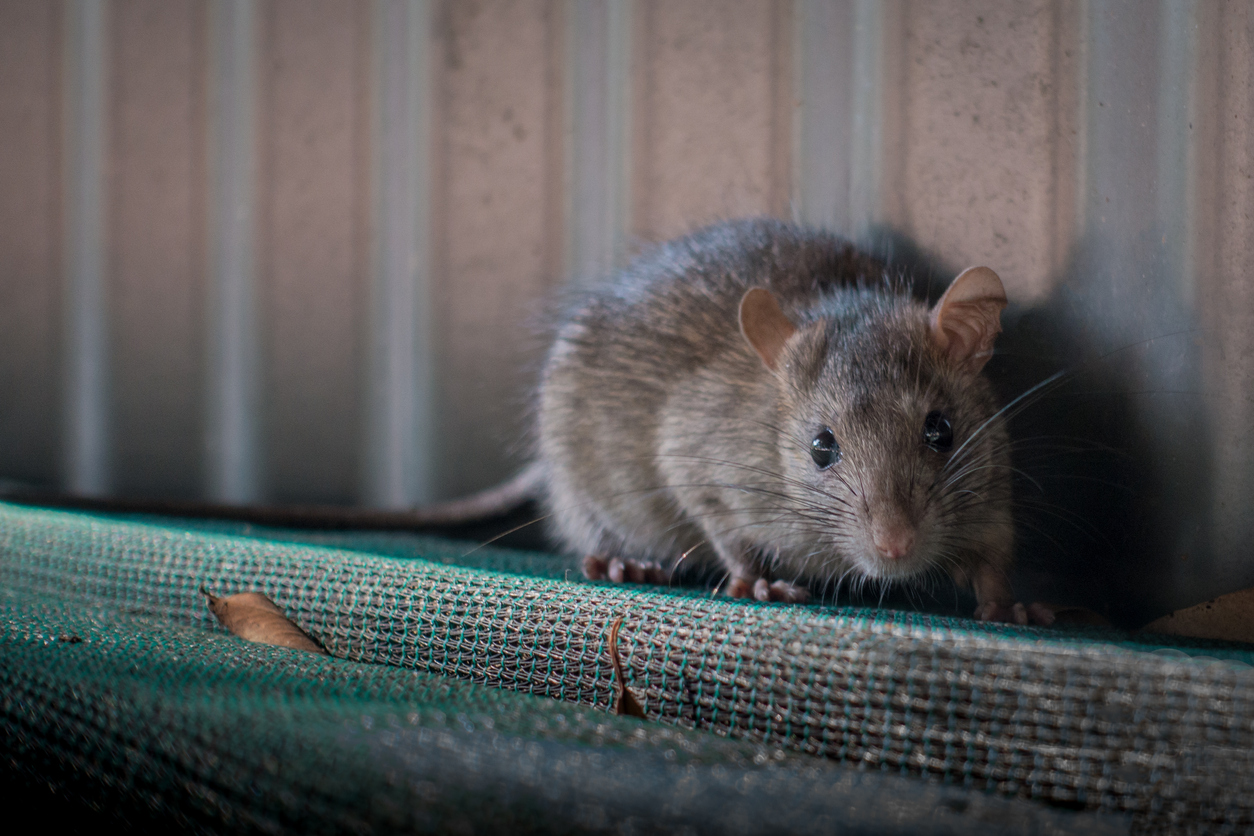
Nothing attracts small rodents like comfortable insulation. These visitors could include rats, mice, or raccoons. All three are professionals in the art of climbing, sneaking, and squeezing through tight spaces.
Mice and rats are not inconspicuous with their droppings; therefore, they should be easy to discover by looking for tiny black pellets. They sit at the same dinner table, meaning they feast together on the same foods. Therefore, if you find one, you most likely will have found the other. Mice and rats are also chewers, so bite marks on the insulation, cardboard, or wires are a good sign that they are making your home theirs.
Raccoons are expert climbers with super strength for their size. They are known to rip through roofing and can easily tear through cardboard and insulation. Dry attics and insulation provide them a cozy refuge, especially as they give birth. Look for damaged spots in your roofing and insulation or rips within your walls. You can also listen for scurrying footsteps that don’t sound quite like your own.
Crawling Houseguests
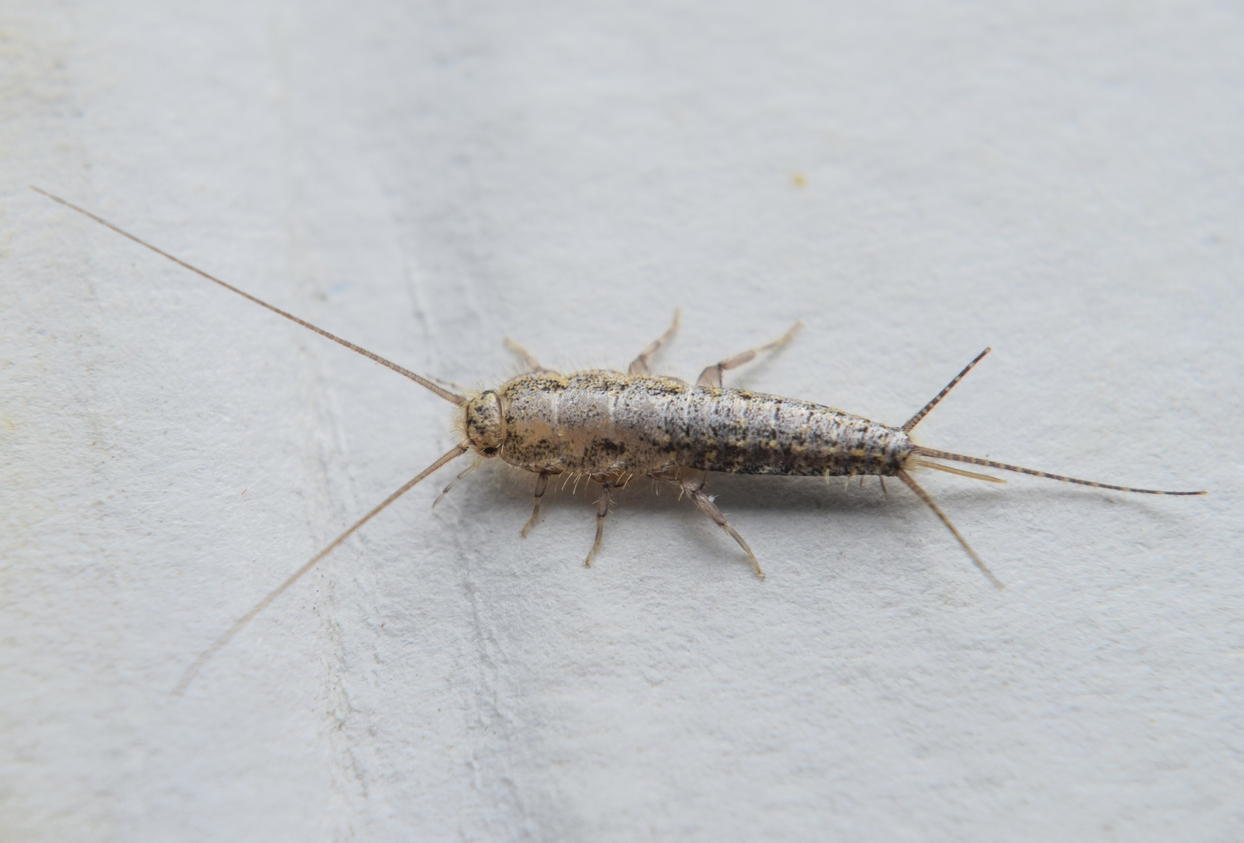
Insects like termites and silverfish will make your attic their dinner.
Termites feast on wood — their favorites being old, rotting, or unsealed wood. To see if you have an infestation, look for loose wings laying around or droppings that look like sawdust.
While most often found in humid places such as bathrooms, basements, or kitchens, silverfish are transported to attics through boxes. They eat starchy products such as the glue of old books and rayon clothing, meaning an attic holding memorabilia or old T-shirts is their ultimate dinner spot. Inspect all boxes and store your things in plastic tubs to ensure less snacking for these multi-footed guests.
Noisy Neighbors
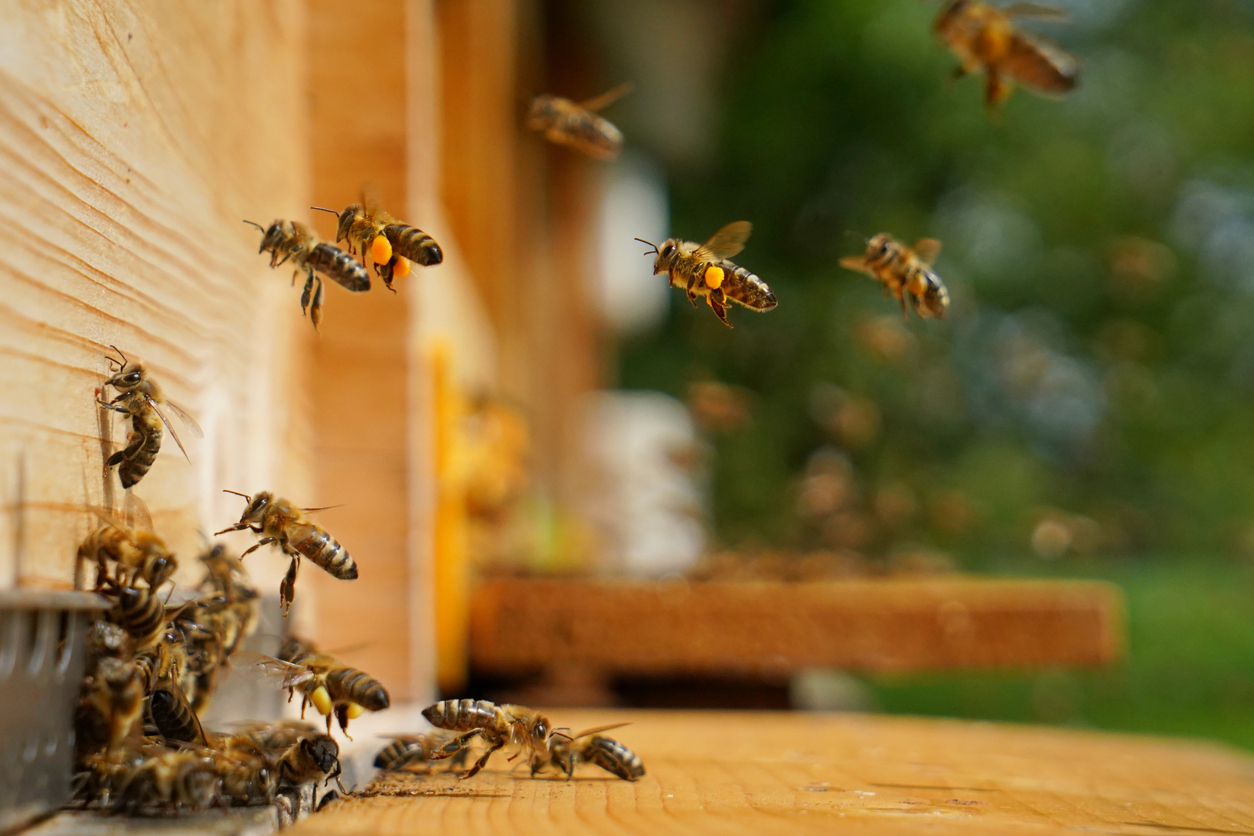
Stinger insects, such as bees, wasps, and hornets, will build their hives in safe, dry spaces such as an attic. If they have made their nest among your insulation, you’ll notice a flight pattern to and from your roofing and a constant humming sound.
Squirrels are the party animals that never want to leave. While they’re fun to watch in your front yard, they cause quite the commotion in the attic. If you are unknowingly hosting a squirrel gathering, you’ll hear rustling in the walls and ceiling and chirping noises if they are agitated. They’ll also leave nuts, seeds, and food piles.
Cluster flies will live in your attic and insulation during the winter months to keep warm and make a commotion in the spring when they are trying to get out. You may hear a buzzing noise as they tend to cluster together in groups within walls.
Unwanted Nesting
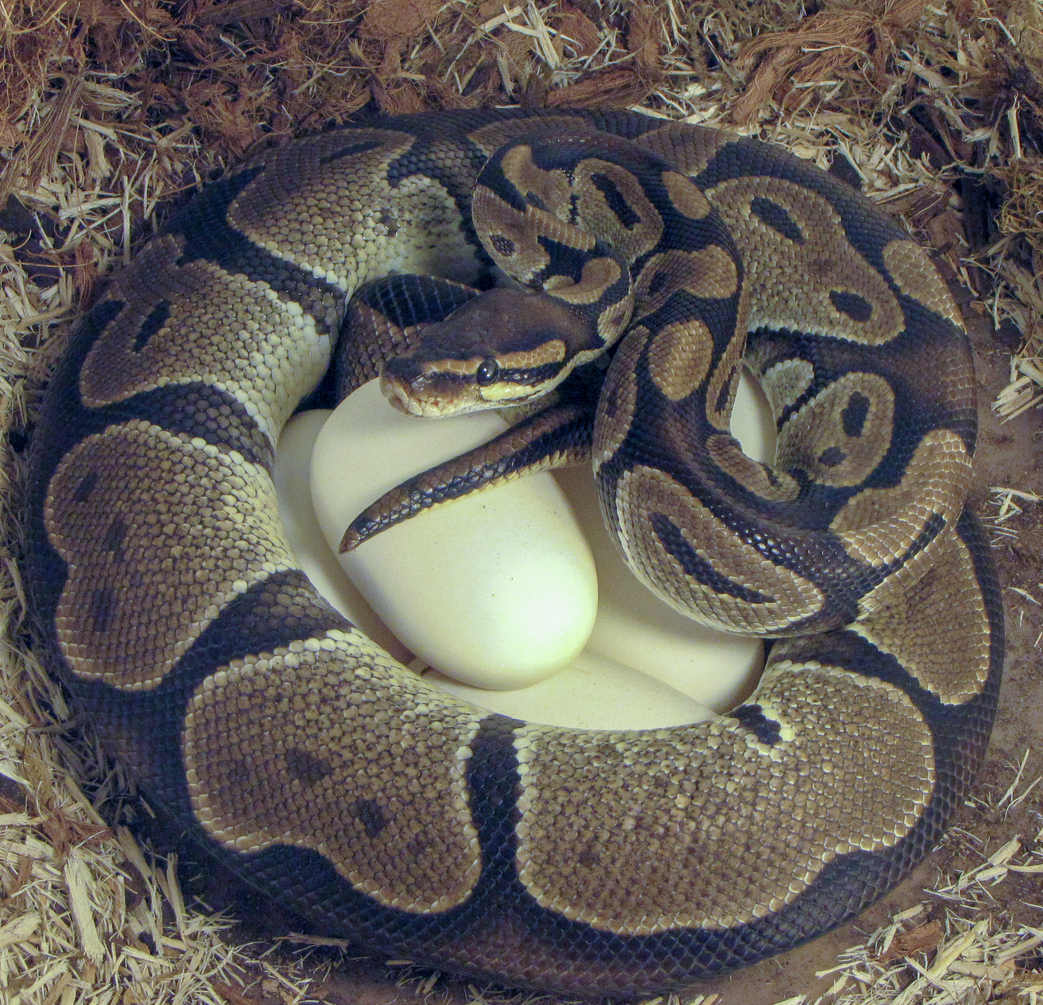
Your attic and walls can provide safe, dry homes to many sneaky pests. Snakes are surprisingly great climbers, meaning they can slither up your home and roof in no time. Able to bend and squeeze their bodies, they can quickly get through any cracks or holes, making a nest for their eggs. The last thing you want to think about while at the dinner table is the baby snakes living above you.
Birds are also notorious for crafting their nests in every crook and crevice of a home. They will use your insulation as nesting material, and you might even see them flying in and out of your home. If you suspect a bird has made your family home theirs, look for droppings or feathers in your attic and walls.
Say Goodbye to Insulation Woes
You don’t have to spend this summer worrying about your attic and insulation. Contact Hughes Exterminators today to be rid of summertime pests for good.

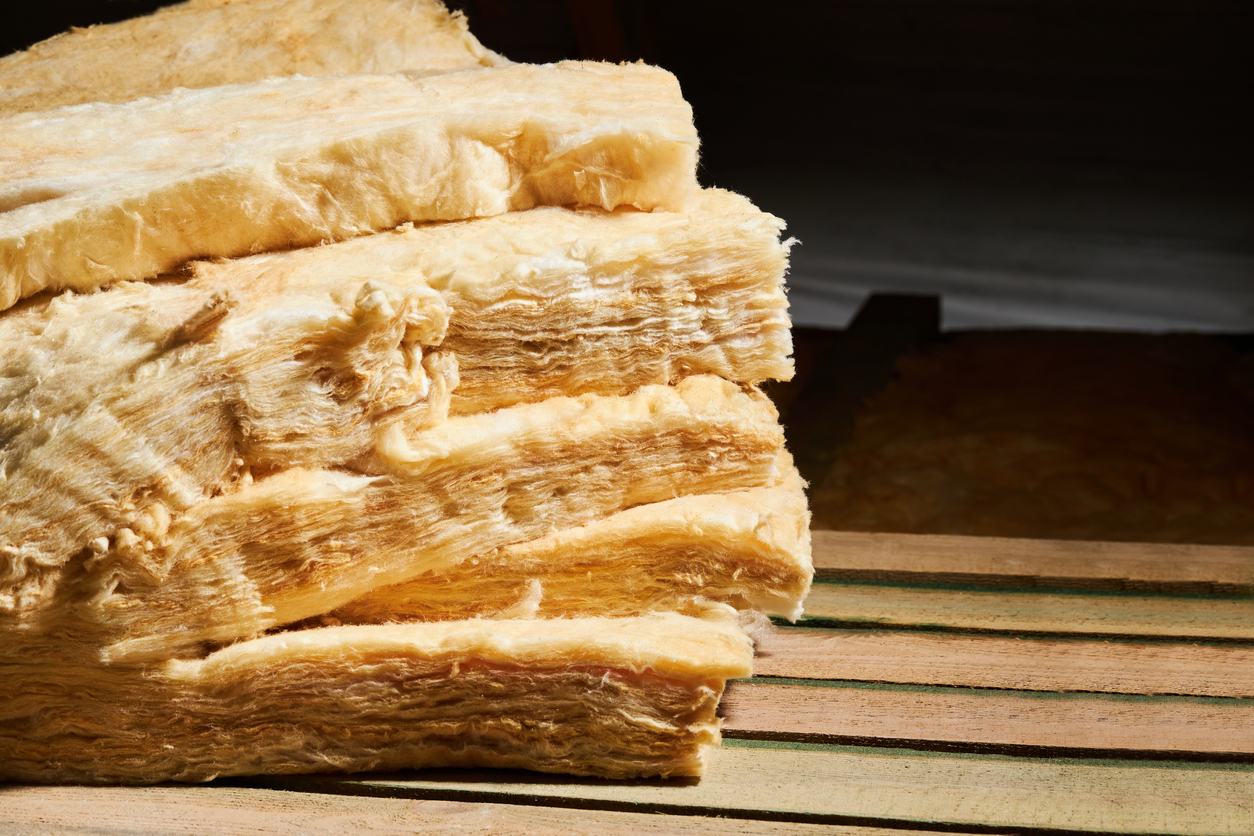




 YouTube
YouTube Facebook
Facebook Twitter
Twitter